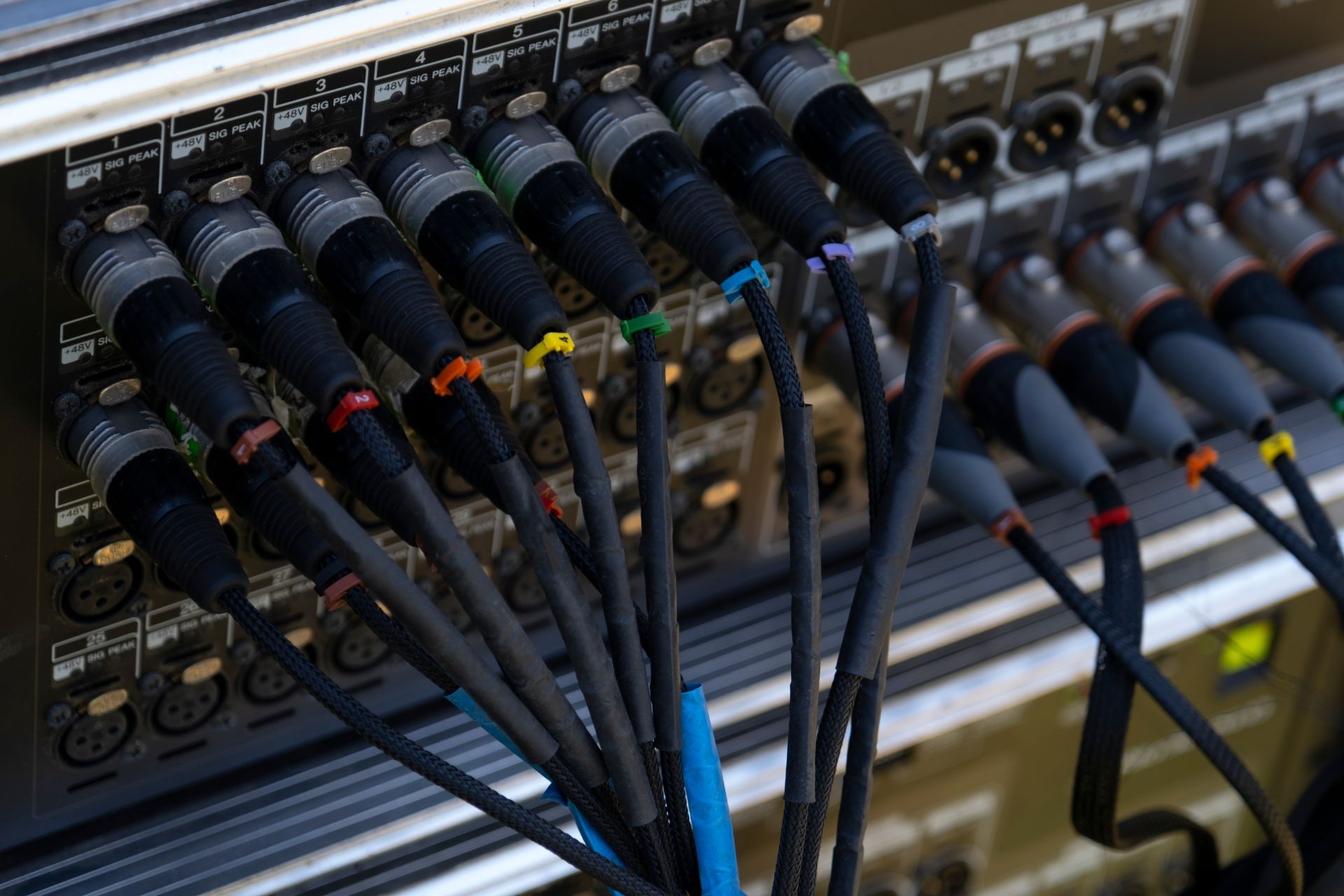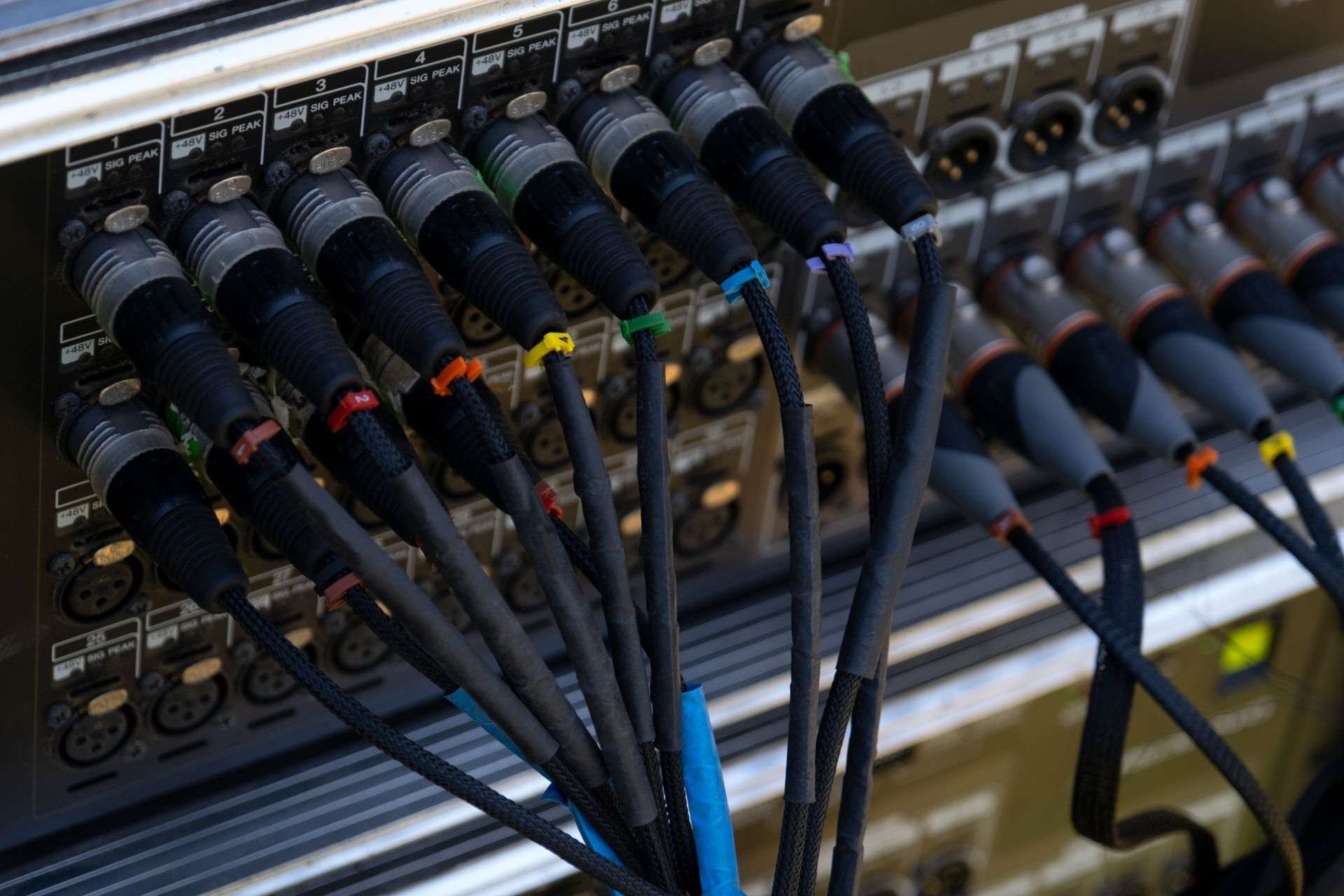IIR Filter Implementation
How does the order of an IIR filter affect its frequency response?
The order of an IIR filter directly impacts its frequency response by influencing the steepness of the roll-off at the cutoff frequency. A higher-order IIR filter will generally have a sharper roll-off, allowing for more precise frequency attenuation. On the other hand, a lower-order IIR filter will have a more gradual roll-off, which may result in some signal leakage in the stopband.



